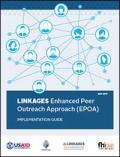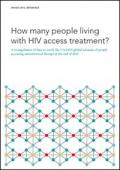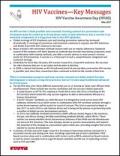Publications on People Living With HIV (PLHIV)

Resource | Guidelines,
This guide introduces the enhanced peer outreach approach, which engages previously unidentified members of key populations for HIV prevention and testing, particularly those who are hard to reach and who may be at high risk or already have HIV. This guide describes the approach, its potential benefits and the steps involved in implementing it.

Resource | Publications,
This document is the fifth set of strategies developed by the Hong Kong Advisory Council on AIDS (ACA) since 1994. The process of its formulation adopted a wide-based approach of engaging different parties, including Community Stakeholders’ Consultation and gathering the input of individuals, groups and organizations as well as the general public during the subsequent public consultation.

Resource | Laws and Policies,
This is an Act to provide for the prevention and control of the spread of Human Immunodeficiency Virus and Acquired Immune Deficiency Syndrome and for the protection of human rights of persons affected by the said virus and syndrome and for matters connected therewith or incidental thereto.

Resource | Guidelines,
These are the first WHO guidelines on testing for chronic HBV and HCV infection and complement published guidance by WHO on the prevention, care and treatment of chronic HCV and HBV infection. The primary audience for these guidelines are national programme managers in ministries of health and health-care providers in low- and middle-income countries (LMICs) responsible for planning and implementing hepatitis testing, prevention, care and treatment services.

Resource | Publications,
Among the most closely watched indicators of the global AIDS response is the number of people on antiretroviral therapy. Antiretroviral medicines allow people living with HIV to live long and healthy lives. The medicines can also reduce the amount of HIV in the bloodstream to undetectable levels. Having such a low viral load greatly reduces the chance that a person living with HIV will transmit the virus to someone else.










